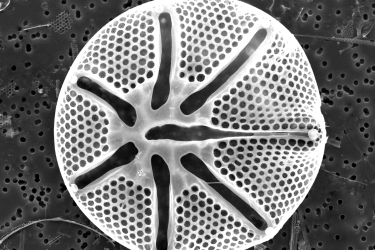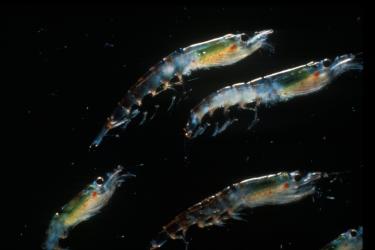The workshop on Detection, Classification, Localization and Density Estimation (DCLDE) of marine mammals using passive acoustics has brought together scientists in our field every two to three years since its inception in 2003. This gathering of researchers, regulators and practitioners has allowed us to advance the field of marine bioacoustics by providing a forum to compare methods, share science and collaborate across countries. This year we were lucky enough to kick off the first ever hybrid meeting held on the island of Oahu in Hawaii.
Oahu, known as the gathering place, was a perfect setting for our first in person meeting after so many years of virtual only interactions. Those who couldn’t attend in person had the opportunity to join the workshops and conference online. The conference organizers made sure they played an active role in presenting and were included in all discussions.
The first day of the week-long conference started out with workshops tailored to specific topics of interest including: tracking marine mammals, density estimation using passive acoustics, near real-time detection and classification of marine mammals, as well as a PAMGuard workshop. I decided to attend the density estimation workshop led by Danielle Harris and Len Thomas from the University of St Andrews in Scotland. These two make a wonderful team to tackle a seemingly difficult topic. When it comes to studying whales and dolphins, you can’t just go out and count every one in an area to get a density, there are other methods to the madness and both Danielle and Len made these methods really easy to understand.
The rest of the week consisted of themed talks around density estimation, autonomous detection and classification of marine mammals, and machine learning applications for cetaceans. It was amazing to see how far science has come over the last few years, and how many talks focused on using artificial intelligence (AI) as a means to perform studies on large datasets with limited human bias in the analysis. While AI has provided us with a framework to process huge amounts of data, we still need a human in the loop to validate what machines are detecting.
I presented a speed talk and a poster on my work detecting and classifying fin whales within the California Current using PAMguard and BANTER (Bio-Acoustic eveNT classifiER). In this study BANTER correctly classified 80% of fin and 78% of non-fin whale events. Not too bad for a first run on data that was limited due to a short duration duty cycle. The poster presentations provide scientists an opportunity to share their work in a shorter format than a standard talk, and open up more of a discussion.
Throughout the week, not only did we listen to talks and ask questions, but during lunch and evening events we finally had a moment to sit with one another and catch up on all of the personal interactions we have missed out on over the last two years. We also welcomed newcomers into our community. I talked with my friends at Pacific Island Fisheries Science Center about all of the time we used to spend on a sailboat tracking minke whales (acoustically) but never seeing them. We laughed about our seasickness and the terrible food we shared, but it was in these moments that we bonded. And these are the moments that we will never forget.
I felt invigorated to see colleagues who I haven’t seen in person since I started my work in this field. We swapped stories, traded ideas, and gave each other feedback on the science we have been conducting. It felt like I traveled back in time before the world had shut down. These warm interactions inspired me and made me remember why I got into this field in the first place. Our small community of scientists is so incredibly passionate about their work, it serves as a reminder that what we are doing really makes a difference. And these people are not only colleagues, but they are ohana (family).




